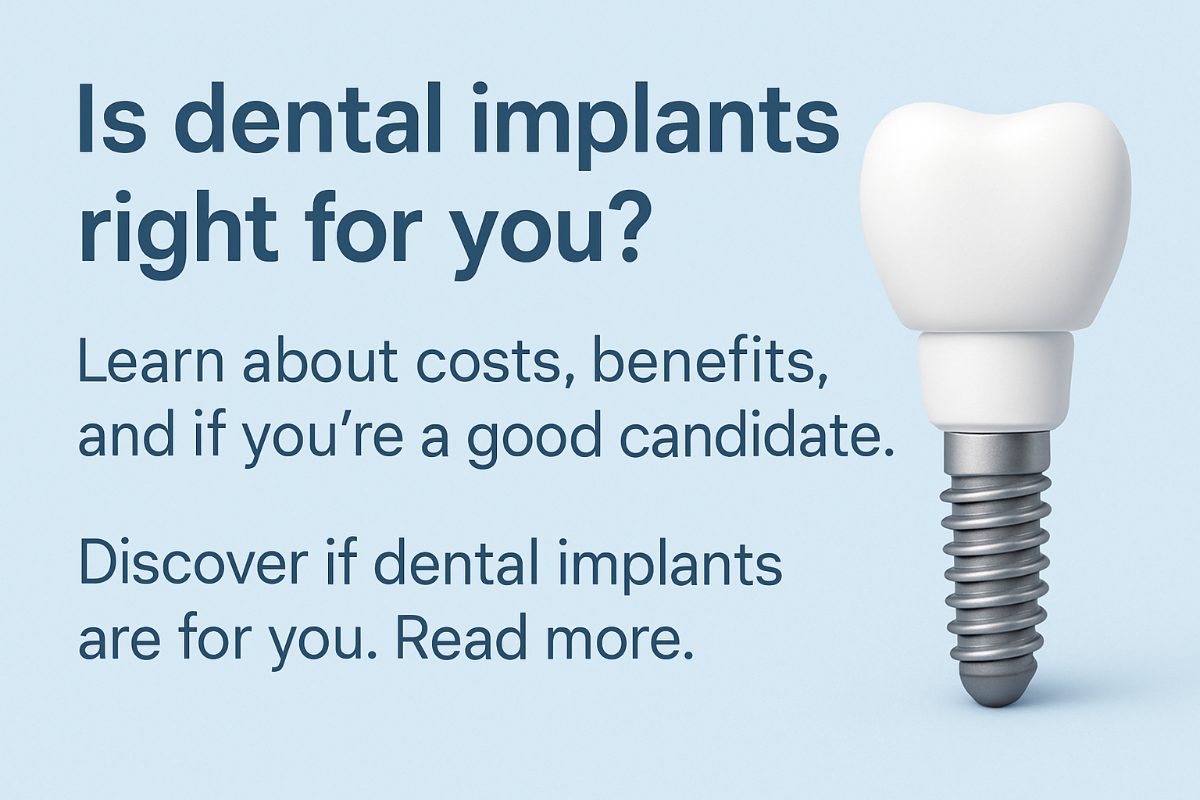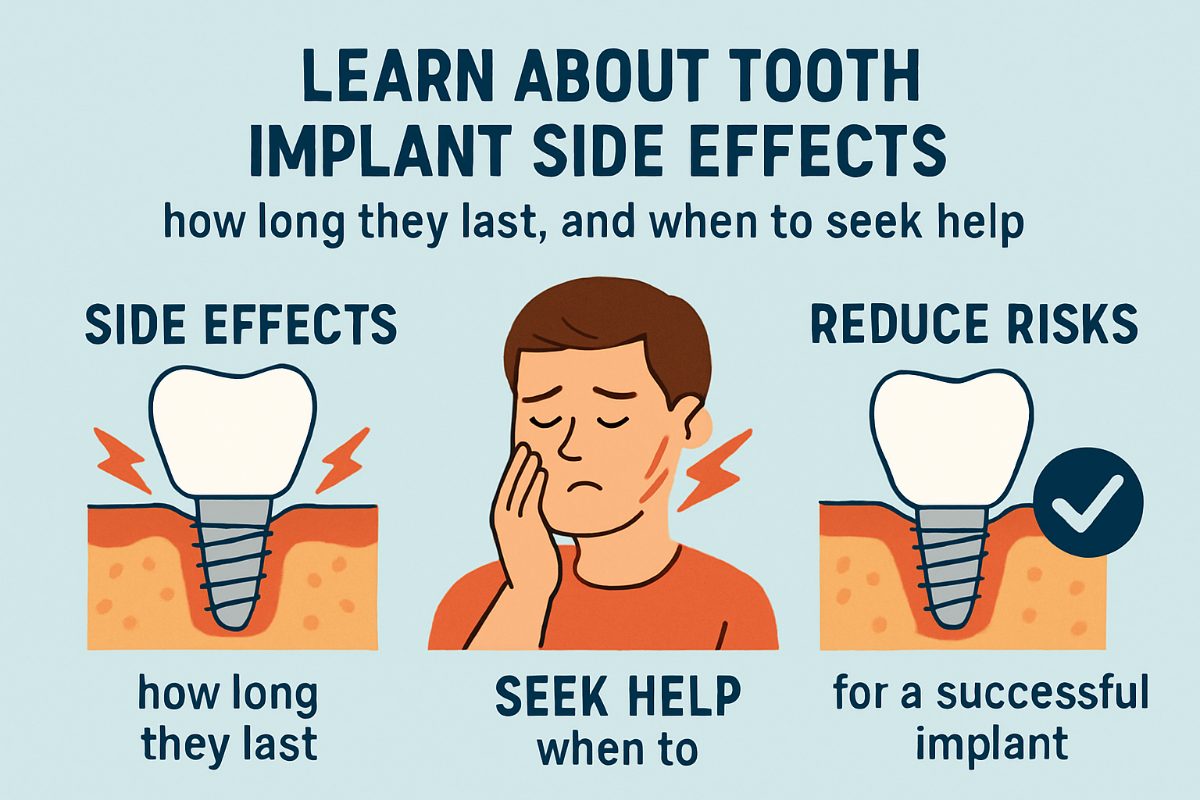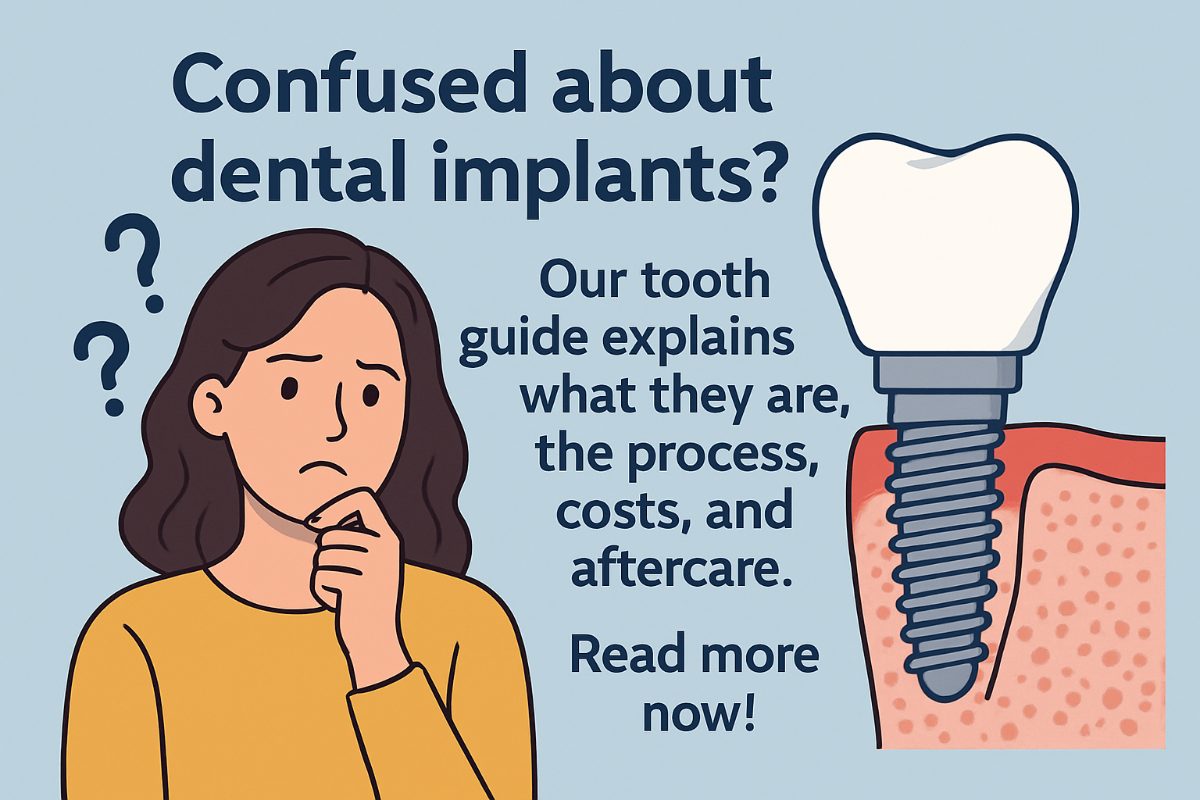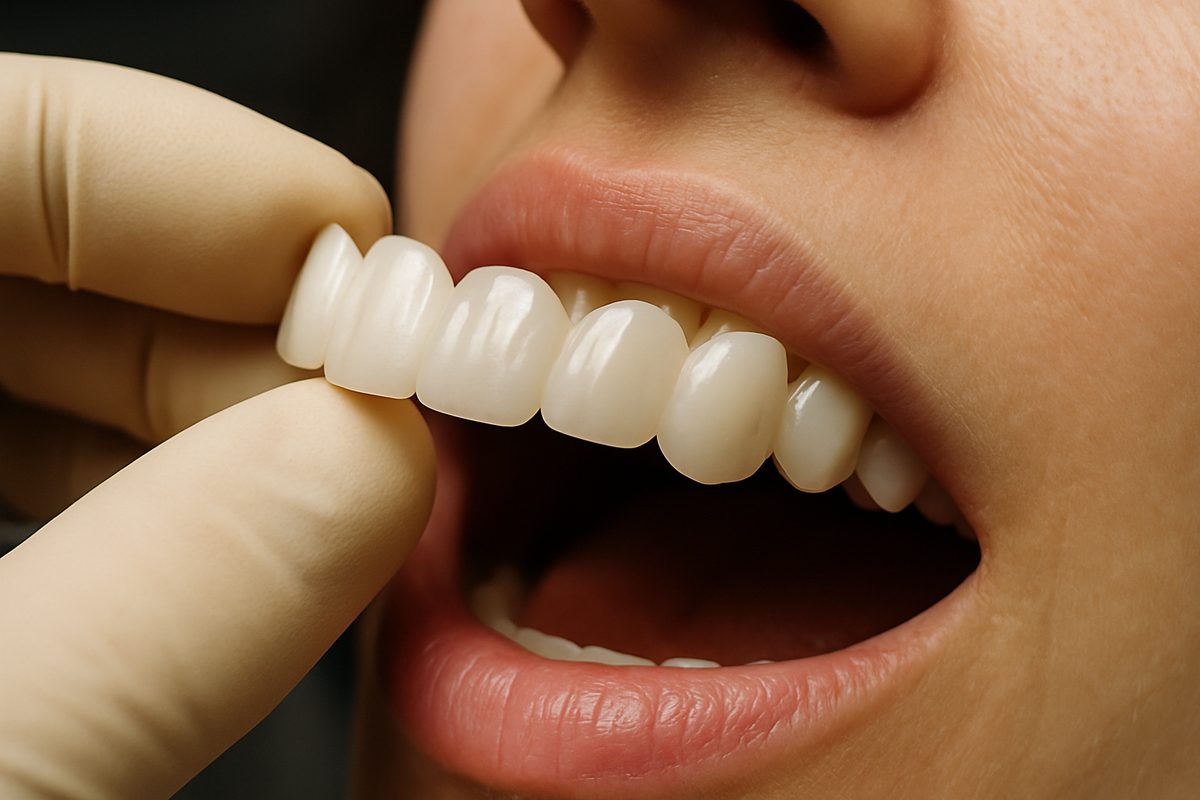Our Dental Blog - Radcliff, KY
Tips, Facts, And The
Latest In Dentistry

Complications Of Dental Bone Grafts: What To Know – Radcliff, KY
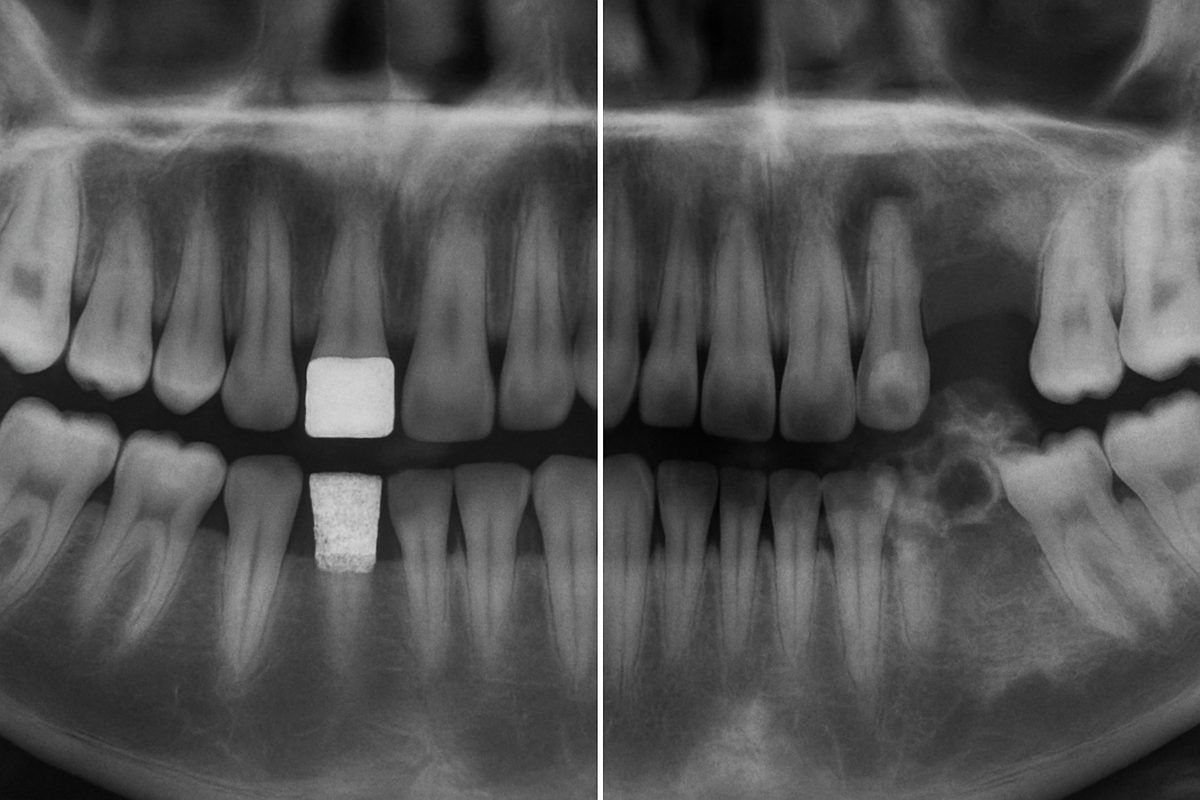
Intro: A dental bone graft is a procedure that adds bone to the jaw so a dental implant can be placed securely. Grafts restore lost bone after tooth loss, infection, or injury. This post covers the common complications of dental bone graft in Radcliff, KY, how to spot problems, when to act, and simple steps you can take to lower your risk.
What is a dental bone graft?
A bone graft uses bone material to rebuild areas of the jaw that are too thin or weak for an implant. Types include autograft (your own bone), allograft (donor bone), xenograft (animal bone), and synthetic bone substitutes. Grafts give the jaw a stable base so a titanium implant post can integrate and support a crown or denture. This helps address lost bone and provides a strong foundation.
Common complications of dental bone graft
Infection
Infection can occur at the graft site. Signs include increased redness, pus, bad taste, swelling, or fever. Early antibiotics and drainage often stop the infection and protect the graft.
Graft failure or resorption
Sometimes the graft doesn’t integrate and the new bone is lost over time. This can delay implant placement and require repeat grafting. Poor blood flow or infection often causes resorption.
Bleeding or prolonged swelling
Mild bleeding and swelling are normal after surgery. Heavy, persistent bleeding or swelling that worsens after two days is concerning and needs prompt care.
Nerve injury or numbness
Grafting near nerves can cause temporary numbness, tingling, or altered sensation. Most nerve injuries improve over weeks to months; rare cases may be longer lasting or permanent and need specialist evaluation.
Sinus complications (upper jaw)
Grafts placed beneath the sinus can perforate the sinus membrane or lead to sinus infection. Symptoms include nasal congestion, sinus pain, or fluid draining into the mouth.
Graft exposure or wound breakdown
If the gum tissue doesn’t heal over the graft, the material can become exposed. This raises infection risk and may require revision surgery or removal of the graft.
Risk factors that raise the chance of complications — Radcliff, KY
Smoking, uncontrolled diabetes, poor oral hygiene, certain medications (like bisphosphonates), prior head/neck radiation, and other systemic health issues increase the risk of poor healing and graft failure. Your provider will review medical history and may adjust treatment to improve outcomes.
What to watch for after surgery: warning signs
Watch for a rising fever, worsening pain after 48–72 hours, heavy bleeding, foul-smelling drainage, growing swelling, new numbness, or trouble breathing or swallowing. If any appear, contact your dental team right away.
How providers treat common complications
Treatment may include antibiotics and drainage for infections, revision grafting for failed bone, sinus repair for perforations, nerve evaluation for persistent numbness, and pain control. Follow-up visits commonly occur within a week and again at key healing milestones over months.
How to lower your risk before and after grafting
Pre-op: stop smoking, control blood sugar, review medications, and follow pre-surgery instructions. Post-op: use ice, eat soft foods, follow oral hygiene guidance (gentle rinses), avoid straws or heavy exertion, and keep follow-up visits.
Why choose an experienced implant team
An experienced team reduces complications through careful planning, in-house lab work, and sedation options for comfort. Generations Family Dentistry and Dental Implants in Radcliff offers an on-site lab, IV sedation, and flexible financing. Dr. Darren Greenwell’s implant training and Dr. Brooke Shelton’s comprehensive care training support safer, evidence-based treatment.
When to seek emergency care and next steps
For severe bleeding, breathing trouble, or sudden severe swelling, go to the ER. For other warning signs, call the dental office with your surgery date and symptoms. Timely care improves the chance to save the graft and return to implant planning.
Contact for a consultation
If you’re considering a bone graft or implant, schedule a consult with Generations Family Dentistry to review risks, personalized planning, and steps to reduce complications. Call the office to set an appointment.

